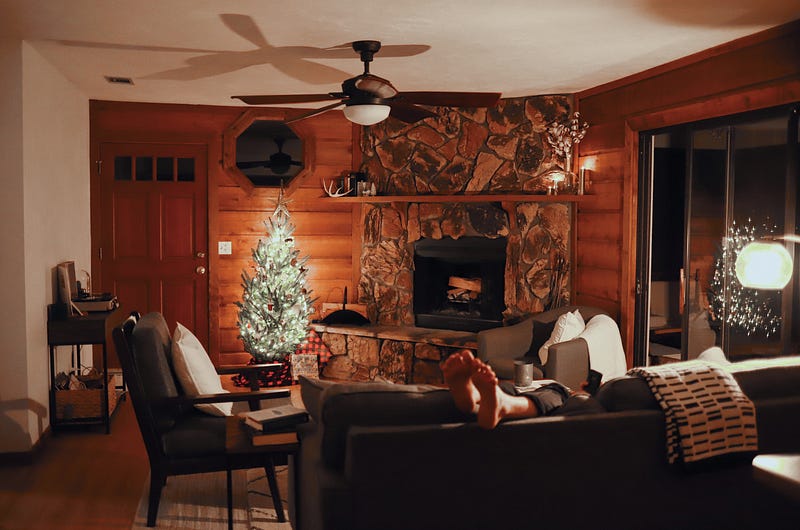How to visualize your ideal writing setup (and then make it happen!)

I’m a writer. Or, more specifically, I’m an aspiring author who’s way too passionate about the written word and has big dreams for my future as a fiction writer. One day, I would like to see my name on bestseller lists and know the feeling of holding one of my books in my hands (or on some e-reader, I guess), freshly printed or downloaded for digital consumption.
But the path to this point in my life hasn’t been easy. Rewards have come at a price. I’ve spent years studying literature, writing, and developing dream stories in my head that I want desperately to see put down on paper (or pixels).
For some reason, though, I’ve never been able to truly get into the swing of things.
I have this romantic image in my head of how writing should be approached — how sitting down with a steaming cup of coffee or tea, dim lights, some fine tunes, and a very special notebook on hand would be just about perfect. Despite my efforts to work something like this into my daily routine, no matter what I’ve tried, I always end up coming short.
So instead of finding the time and mental energy to sit down and write (at least an hour a day), I watch TV shows or spend hours on Reddit looking for interesting articles or fun quizzes — anything that will distract me from my own work. I know this isn’t the right path, but I’ve gotten so used to putting things off that it feels like second nature at this point.
But there’s hope for all of us still struggling to get our writing done. A few days ago, I stumbled upon an article detailing the writing setup of Twyla Tharp, a famous dancer, and choreographer. The article was all about her process and how she gets into the zone every day to dance and create. I found it so fascinating that it inspired me to put together my own ideal writing setup…only for my imagination to run wild with the idea!
How to visualize your ideal writing setup
So here’s what I’ve come up with. A framework of questions when, if answered correctly, will reveal exactly what my ideal writing setup will look like. Once I get this info out of my subconscious self and onto the page, all I need to do is simply work towards the items and setup listed to achieve my perfect writing environment. Here are the questions I asked myself (and example answers):
1. Where do I work?
In my bedroom, with a view of the mountains from the window behind me
2. What time of day is it?
10 am on a lazy summer Sunday morning
3. What’s the weather like outside?
A nice breezy 70° F, just cloudy enough for the sun not to be glaring down on me
4. What do I wear?
A pair of soft sweatpants, a plain white t-shirt, and no shoes or socks
5. What is my mood?
I feel relaxed yet focused — excited to get to work but also calm enough that the words will come easily and I won’t get frustrated
6. Does anyone else share this space?
No one; it’s just me and my laptop
7. How does the lighting look?
Just a dim lamp on my bedstand, with blankets wrapped around my legs to keep them warm (because of the air conditioning)
8. How do I feel physically?
Nimble, like a dancer
9. What sounds am I hearing?
The faint sound of traffic down below, birds chirping in the distance, and some music playing softly from my phone on the nightstand (one of those Spotify playlists that changes genre/mood every 10 songs)
10. What are my surroundings?
A very simple bedroom, with some clothes scattered across the floor, a large mirror on one of the walls, and the door to my walk-in closet slightly open
11. How does my desk/work surface look?
It’s just a little dresser I drag over to the side of the bed. The top is clear save for a couple of books and notepads, and my phone is on silent mode
Try using this framework for yourself!
I’m sure you can come up with your own questions, but I think it’s a great way to flesh out what really matters to you when it comes down to writing. It forces you to think about the little details that don’t necessarily matter — where will you find all your inspiration? What is the absolute ideal mood for getting work done? Does it matter if you’re standing up but still feel like you’re at work? Questions like these get me thinking about what needs to stay and what can go when I try to pinpoint my ideal writing setup.
And, really, that’s the point of this exercise — to take a step back and see your own process in a new light. We’ve all heard it before, but the only way to get better at something is to practice it. Knowing what you want your ideal writing setup to be is half the battle — now go get to work!